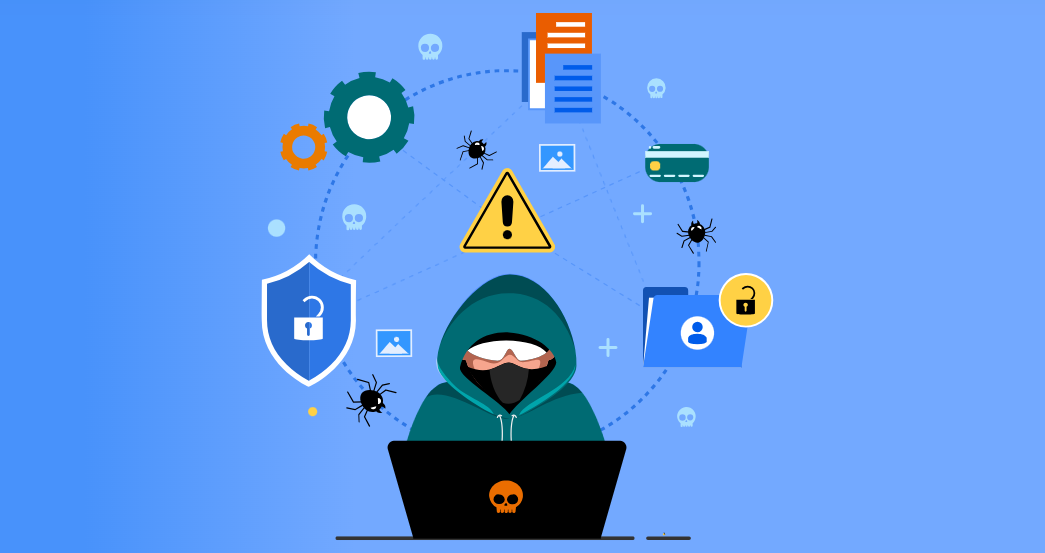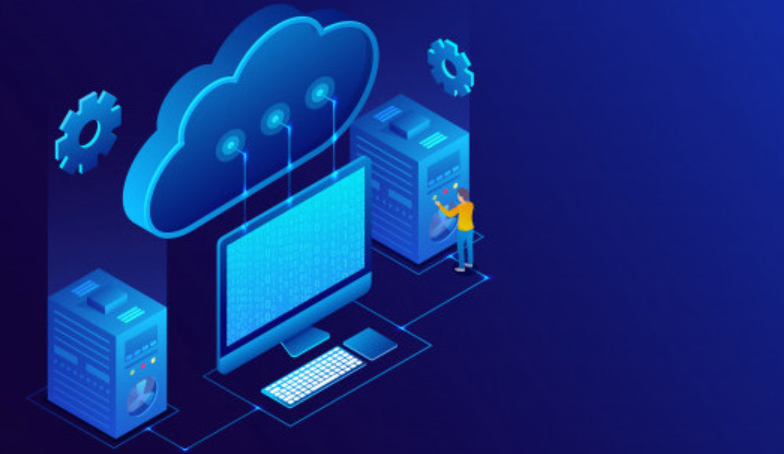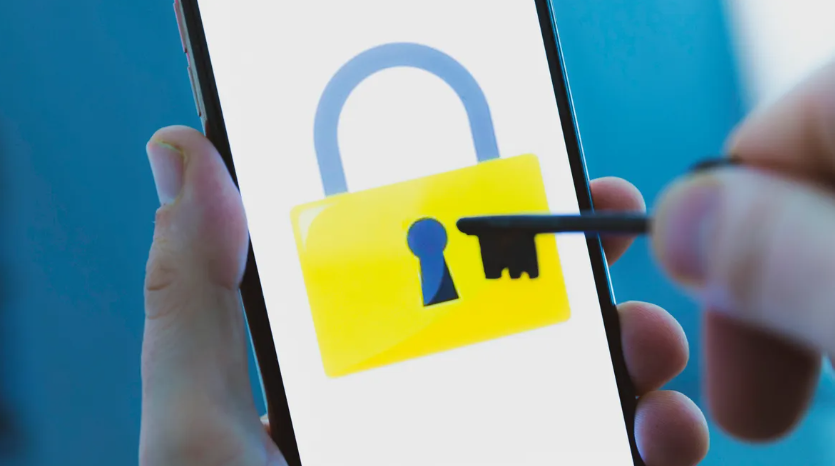WordPress is an incredible tool at the back end of a large part of the Internet space. However, because it is one of the most-used operating systems worldwide, it suffers from malware attacks. WordPress security means that you should always keep planning and acting ahead on the one hand and cleaning up after the troublemakers on the other hand. In this WordPress blog post, we’ll find out various working ways to combat and how to get rid of Malware from your website presence.
Understanding Common Types of WordPress Malware
WordPress Malware might come in different forms and content; one is designed to achieve a specific or several objectives on the targeted site. Backdoors are an example of the standard type that enables attackers to sneak into your site without passing through the standard authentication procedures. Navigate redirects can lead your visitors to other unwanted sources, tarnishing your image and possibly opening up further problems.
SEO spam consists of the placement of unwanted keywords and links from your text, which makes your site rank lower and drives people away. Other types include phishing pages, which mimic other web pages to force the user to reveal their details; the malicious code injection involves injection and execution of code in the backend, which can alter your website to a nondesirable one by injecting malicious code.
It is essential to know these forms of malware to combat them effectively. Traditionally, people recognized only viruses as malware.
Importance of Regular Backups
Regular backups are essential for safeguarding your WordPress site. They come in handy because it means that if your site is hacked, you can quickly return to the last snapshot you took. Automation can be done using UpdraftPlus or VaultPress, where data backup is done for better consistency.
That is why it is wise to keep the backups related to these servers in a different physical location from the servers themselves, to avoid loss in server crashes or any other problems. Always perform backup integrity checks to ensure you have tested them and that they are also reliable for a restore process.
If a business prepares for this type of situation, the downtime and lack of data can be dramatically minimized, giving the user confidence in knowing that in the event of a disaster, there is a backup system to rely on.
Keeping WordPress, Themes, and Plugins Updated
Outdated software is a common entry point for malware. WordPress and its themes and plugins also get updated from time to time to overcome security issues and to make security strong. These updates are to be done without fail, which will help in keeping your site safe from any threat that may happen to come across it. It can be made easy by configuring the automatic updates, thereby improving the security of your site against nuisances.
In addition to updating, periodically review your installed plugins and themes. Remove any that are no longer in use, as they can pose security risks even if inactive. Not all updates are created equal; sometimes, updates may introduce compatibility issues. It is advised to apply them to the staging site to minimize the harm you can bring to your website if the major updates do not produce the desired outcome.
Some tools help to manage updates more effectively. First, you can use tools like ManageWP or InfiniteWP to see when and what your WordPress sites might need. Of these, the most critical is to subscribe to the official WordPress channels should you likely receive information on issues that require your action, such as vital updates or newly discovered classes of vulnerabilities.
Failure to update can also make your site lag, making it easy for hackers to attack. This way, you keep yourself safe from all kinds of security risks, which makes your WordPress site a safer and more reliable online presence.
Using Strong Passwords and User Permissions
Strong passwords and well-managed user permissions protect your WordPress site from unauthorized access. Ensure all passwords are complex, consisting of letters, numbers, and special characters. Avoid using easily guessable passwords like “admin” or “123456.” It’s also a good practice to change passwords periodically to minimize the risk of them being compromised over time.
Two-factor authentication (2FA) adds an extra layer of security, requiring users to verify their identity through a second method, such as a mobile app or SMS code. Enabling 2FA can significantly reduce the chances of unauthorized logins, even if a password is compromised.
Review and manage user roles carefully. Assign the lowest level of access necessary for each user to perform their tasks. For instance, contributors or authors should not have administrative privileges. Regularly audit user accounts and remove any longer active or needed.
Additionally, consider implementing security measures such as login attempt limits to prevent brute-force attacks. Plugins like Limit Login Attempts Reloaded can help you achieve this by blocking IP addresses after a specified number of failed login attempts.
These steps can significantly bolster your site’s defenses, ensuring that only authorized users have access and minimizing potential entry points for cybercriminals.
Installing Security Plugins
WordPress security plugins are crucial security tools because they help identify and block attacker activity on your WordPress site. Some of the other common and effective security plugins for WordPress sites are Wordfence and Sucuri Security; both plugins provide special features such as real-time security sweep, a scanner for malware, and tracking the attempts to log in to your website.
They are useful in that they can constrain attempts at access by individuals who are not well authorized and also highlight those areas that can readily be spoofed.
The most important factors to consider when choosing a security plugin include updates and good user comments. Their effectiveness, however, largely depends on the correct configuration. For instance, firewall settings should be adjusted to filter out suspicious traffic, and malware scans should be scheduled regularly. Additionally, it enables email alerts to stay informed about any security incidents or suspicious activities detected by the plugin.
They are such as two-factor authentication (2FA) or brute force protection which increases security levels of your site. These features may also need some measures to be added to improve safety and reduce the possibility of an intrusion.
Even when a plugin does not have several features, it is also beneficial to use the logging and reporting features these plugins offer. Monitor logs continuously to try to recognize threats in advance and act accordingly. It will also enable you to handle challenges as they develop, thus protecting your WordPress site around the clock.
Please bear in mind that security plugins are very reliable, but they should not be relied on alone. They should be used in conjunction with other Wiris Maxima security measures.
Conducting Regular Security Audits
Conducting regular security audits is essential for maintaining the integrity of your WordPress site. Review your server settings to ensure they are configured for optimal security. Check file permissions to confirm they are set correctly, as overly permissive settings can expose your site to risks. Another one is WPScan, in which one can perform deeper scans, and this might indicate several ways of getting into the system unauthorized.
It is essential to ensure that any observation that is made should be recorded and that any problem that is seen should be solved at that juncture. This, therefore, should perform a periodic analysis of the access logs for any such breach as this may be represented by an increase in activity.
Also, identify security threats for integrated components as, sometimes, plugins and themes can be the source of dangers. Incorporating the schedule for these audits will assist in being up to date on the threats and constantly reminding the site.
Cleaning Up an Infected WordPress Site
Addressing an infected WordPress site requires immediate and thorough action. Begin by placing your site in maintenance mode to mitigate further damage and protect visitors. Next, use a security plugin to scan your site for malicious files. Plugins like Wordfence or Sucuri Security can be handy for this task, identifying and isolating infected files quickly.
After identifying the malware, remove the malicious files manually or let the security plugin handle the cleanup. If you’re on the fence about the validity of your site, it’s best to try and revert it to a fresh copy by restoring from a good backup or plan emphasizing the need for frequent backups.
Once the malicious software has been moved, all passwords connected with your WordPress site, such as database and FTP logins, should be changed to avoid repeated infiltration. Ensure such new passwords are strong and different from the previous ones, and even consider implementing two-factor authentication profiling.
Thirdly, it is recommended to revisit your security protocols for the site closely. This involves searching for outdated themes and plugins and updating your WordPress core. This is because existing software has a potential hack backdoor, so it is essential to update the software as soon as possible.
On the same note, consider the file permission, and check that they are properly set; to reduce the risks to the system. You should scan your conducted websites more or less frequently with tools like WPScan, to find out the last open breaches and close them as soon as possible.
Last but not least, the next step that might help to reduce the risk of attacks even further is to configure a firewall that would filter out the traffic that can pose a threat to the website and schedule security audits to look for threats that might not have been detected earlier. Employ logging and reporting features to stay informed about suspicious activities, allowing you to act swiftly should an issue arise again.
Seeking Professional Help When Needed
Dealing with persistent security issues or complex malware infections on your WordPress site can be challenging. If you cannot work on any of the problems highlighted here or feel pressured by these issues, then it might be high time you sought help.
The services of cybersecurity specialists are relevant if you can use their expertise and tools to Neutralize the most insidious viruses and modify the settings of your website to avoid such eventualities in the future. Security specialists should be able to carry out overall security assessments and risks that have escaped previous scrutiny and develop and apply distinct protection measures that are optimal for your enterprise.
Service is generally associated with professional service and may include constant checks and support as part of it. Paying for professional services is a good way to ensure that you do not get into a situation where you run out of content for your site for a long period, not to mention receiving negative comments on the credibility of your site and, even worse, the validity of the information that is available in the site to your viewers.




